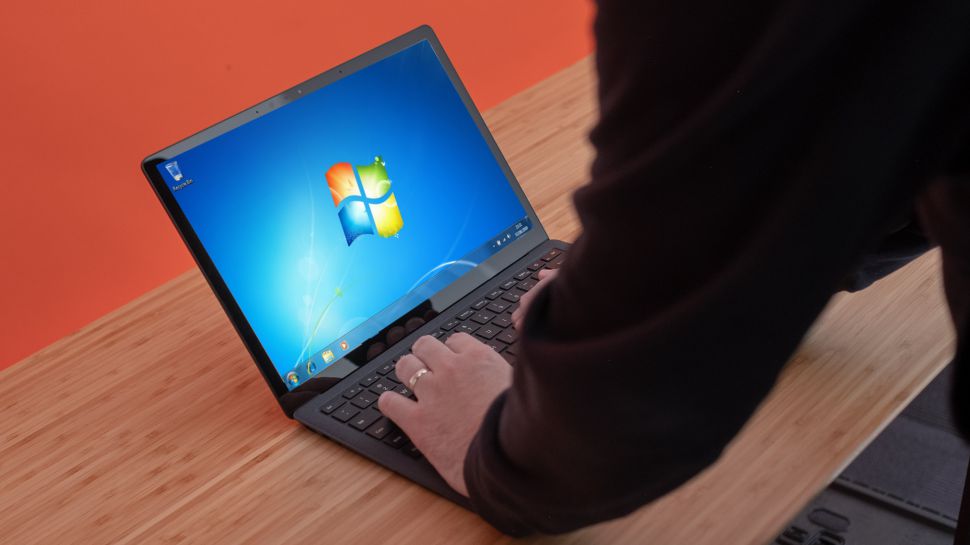Windows 7 users are finally abandoning ship – but not for Windows 11

Windows 7 is finally being abandoned if new stats are anything to go by, with its userbase practically cut in half following support for the OS being completely discontinued – and of course the end-of-life being reached for Windows 8.1, which similarly saw its user numbers cut in half.
This is according to Statcounter’s figures for February, which show that Windows 7 market share (among all Windows versions globally) has dropped from 9.55% to 5.39%, a huge slide. Windows 8.1 similarly halved from 2.28% to 1.15%.
The timing is notable, seeing as Windows 8.1 just went out of support in January 2023, and while Windows 7 became officially unsupported in January 2020, since then it has had a period of Extended Security Updates (ESU) – and that just expired in January 2023.
As Windows 8.1 isn’t getting an ESU programme, effectively both Windows 7 and 8/8.1 are finally and completely on the scrapheap regarding security updates, so it’s no longer safe to run them. And with February’s figures, we’re seeing the results of that quite clearly indeed.
Where are these people migrating to? It looks like mainly Windows 10, which received a 4.39% uptick for February to hit a 73.25% market share. The ranks of Windows 11 users were also bolstered somewhat to the tune of a smidge over 1%, with that OS now at 19.13% of overall share, but Windows 10 was clearly the big gainer here.
Analysis: A long slow goodbye, most likely
You could say that this was predictable enough, given that all support and security updates are now out of the window (sorry) for both of these outdated Microsoft operating systems – but not really.
Folks are prone to staying with a favorite OS even past its security sell-by-date, and if ever there was a testament to that, it’s Windows XP. If you recall, Windows XP still held a 10% market share two years after it ran out of road for support (15 years after the OS first arrived).
Sign up for breaking news, reviews, opinion, top tech deals, and more.
Indeed, there were still XP users in evidence (a small but meaningful amount – just over half a percent) when it turned 20-years-old, can you believe? This is why Windows XP became known as the OS that refused to die.
It doesn’t look like Windows 7 will be pulling similar levels of longevity, given this February plunge. Although we do expect that erosion of its share will slow down considerably after the initial defection has taken place.
Of course, bear in mind that this is just one set of figures on desktop operating systems, so we mustn’t get too carried away with drawing conclusions – though this is such a strong indication, you’d be hard pressed not to read something substantial into it.
Via Neowin
Darren is a freelancer writing news and features for TechRadar (and occasionally T3) across a broad range of computing topics including CPUs, GPUs, various other hardware, VPNs, antivirus and more. He has written about tech for the best part of three decades, and writes books in his spare time (his debut novel - 'I Know What You Did Last Supper' - was published by Hachette UK in 2013).